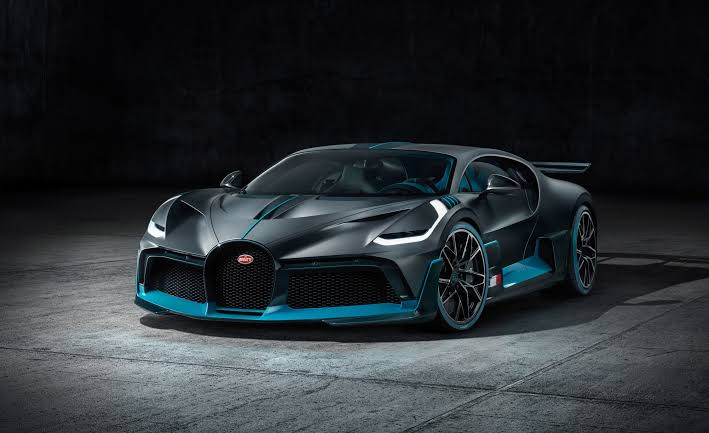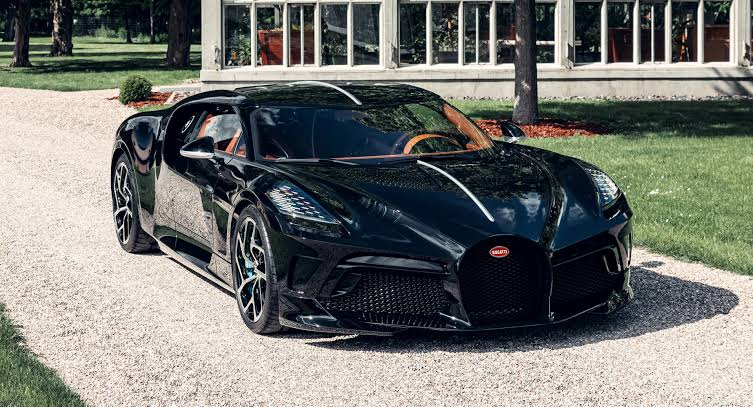Introduction
Bugatti – a name synonymous with luxury, speed, and engineering excellence. For over a century, Bugatti has been at the forefront of the automotive industry, pushing the boundaries of what is possible in the world of high-performance automobiles. In this blog, we will take a closer look at the legacy of Bugatti, from its humble beginnings to its current status as a symbol of automotive excellence.
The Birth of a Legend
The story of Bugatti begins in 1909 when Italian-born French automobile designer Ettore Bugatti founded the company in the small town of Molsheim, Alsace, which was then a part of the German Empire. Bugatti quickly gained a reputation for building beautifully designed and technologically advanced cars. One of the early successes was the Type 13, which became known as the "Brescia" after a victory in the 1921 Brescia Grand Prix. This car set the stage for Bugatti's future success in racing.
Racing Dominance
Bugatti's early foray into motorsports was marked by unparalleled success. The Bugatti Type 35, introduced in 1924, is perhaps the most famous racing car of its era. It claimed over 1,000 race victories, including five consecutive wins at the Targa Florio and four consecutive victories at the Grand Prix de l'Automobile Club de France. Bugatti's dedication to both performance and aesthetics made it a favorite among racing enthusiasts and collectors alike.
Iconic Designs
Bugatti's cars were not just fast; they were works of art on wheels. The brand's signature design elements included the distinctive horseshoe-shaped radiator grille, sculpted fenders, and an attention to detail that bordered on obsessive. The Bugatti Royale, with its massive proportions and opulent styling, remains one of the most iconic luxury cars ever built. Even today, Bugatti continues to push the boundaries of design with models like the Chiron and Divo, which feature aerodynamic excellence and cutting-edge materials.
Innovative Engineering
Bugatti has always been at the forefront of automotive engineering. Ettore Bugatti's quest for perfection led to innovations such as the use of aluminum alloy wheels, advanced suspension systems, and powerful inline-eight and inline-six engines. The quad-turbocharged W16 engine found in the Veyron and Chiron models redefined what was possible in terms of power and speed for a production car, with the Chiron Super Sport 300+ setting a world record as the first production car to exceed 300 mph.
The Modern Era
In 1998, the Volkswagen Group acquired Bugatti, injecting new life and resources into the brand. This partnership led to the development of the Bugatti Veyron, which once held the title of the world's fastest production car, and the Chiron, which continued to push the limits of performance and luxury. Bugatti's dedication to craftsmanship and attention to detail remains a hallmark of its vehicles.
Conclusion
Bugatti's legacy is one of relentless pursuit of excellence in both design and performance. From its early racing successes to its current position as a purveyor of hypercars, Bugatti has consistently set the standard for automotive engineering and craftsmanship. The brand's dedication to pushing the boundaries of what is possible in the world of high-performance automobiles ensures that Bugatti will continue to be a symbol of luxury, speed, and innovation for generations to come.






0 Comments